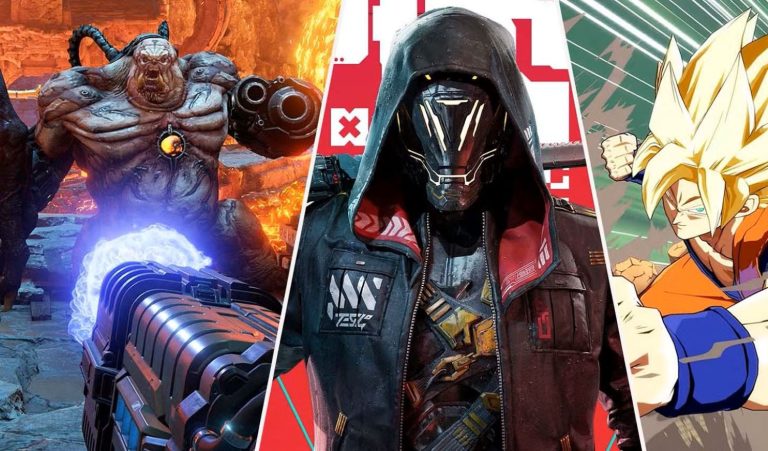Introduction: The Indie Revenue Landscape
The realm of indie game development is both a creative haven and a challenging business landscape. Securing funding and ensuring sustainable revenue streams are critical for independent developers. Unlike larger studios backed by publishers, indie developers often navigate monetization strategies independently. Choosing the right monetization model can significantly impact a game’s success, influencing player engagement, long-term revenue, and the overall perception of the game. This article delves into various monetization models available to indie developers, analyzing their strengths, weaknesses, and suitability for different game types. We will explore free-to-play, premium, subscription, and hybrid models, providing insights to inform strategic decision-making for indie game monetization.
Indie developers face unique constraints, typically operating with limited budgets and smaller teams. This environment demands ingenuity and a deep understanding of target audiences. Monetization, therefore, is not simply about generating income but also about aligning revenue strategies with the core values and gameplay experience of the game. A poorly chosen model can alienate players, damage the game’s reputation, and ultimately undermine its financial viability. According to a 2023 report by the Independent Games Festival, approximately 60% of indie developers cited “financial sustainability” as their primary concern. This highlights the pressing need for well-informed and strategic monetization approaches.
Free-to-Play (F2P) Model
The free-to-play (F2P) model has become a dominant force in the gaming industry, particularly in the mobile and online gaming sectors. This model allows players to download and play a game without any initial purchase, removing the barrier to entry. Revenue is generated through optional in-game purchases, such as cosmetic items, virtual currency, or gameplay advantages. While the F2P model can attract a large player base, it requires careful balancing to avoid a “pay-to-win” scenario, where paying players have a significant advantage over those who do not.
Several F2P monetization strategies exist:
- Cosmetic Items: Offering visually appealing items that do not affect gameplay is a popular and generally well-received method. Games like “Fortnite” have demonstrated the effectiveness of this approach, generating substantial revenue through character skins and emotes.
- Virtual Currency: Players can purchase virtual currency to acquire items or speed up progression. The challenge here is to avoid making the game feel grindy or manipulative.
- Energy Systems: Limiting gameplay through an energy system that replenishes over time or can be refilled with purchases. This can be effective but also frustrating for players if not implemented carefully.
- Gacha Mechanics: Offering randomized rewards through a gacha system, where players spend virtual currency for a chance to obtain rare items. This can be highly lucrative but also controversial due to its addictive nature and potential for exploitation.
Implementing a successful F2P model necessitates careful data analysis and continuous refinement. Monitoring player behavior, purchase patterns, and feedback is crucial for optimizing monetization without compromising the game’s integrity. According to a study by Newzoo, F2P games accounted for over 80% of digital games revenue in 2022, demonstrating their significant market share.
Premium Model
The premium model involves selling the game for a one-time upfront cost. This traditional model offers a straightforward approach to monetization, providing players with full access to the game content after purchase. The success of the premium model hinges on the quality of the game, marketing efforts, and pricing strategy. Indie developers often rely on platforms like Steam, GOG, and Itch.io to distribute their games and reach their target audience.
Advantages of the premium model include:
- Clear Value Proposition: Players know exactly what they are paying for, which can build trust and satisfaction.
- Reduced Pressure to Monetize Aggressively: Developers can focus on creating a complete and enjoyable experience without the need for constant in-game purchases.
- Potential for Positive Reviews: A well-received premium game can generate positive word-of-mouth and attract a loyal following.
However, the premium model also has its challenges:
- High Barrier to Entry: Players may be hesitant to purchase a game they are unsure about, especially from an unknown developer.
- Marketing Dependency: Success relies heavily on effective marketing to generate awareness and drive sales.
- Piracy Concerns: Premium games are often susceptible to piracy, which can impact revenue.
Games like “Stardew Valley” and “Minecraft” (initially) have demonstrated the potential for indie developers to achieve significant success with the premium model. These games offered compelling gameplay experiences and built strong communities, leading to sustained sales over time.
Subscription Model
The subscription model involves charging players a recurring fee (monthly, quarterly, or annually) for access to a game or its ongoing content. This model provides a predictable revenue stream for developers and can foster a strong sense of community among subscribers. However, it also requires a consistent stream of new content and updates to justify the recurring cost.
The subscription model is particularly well-suited for:
- MMORPGs (Massively Multiplayer Online Role-Playing Games): Games like “World of Warcraft” have successfully utilized the subscription model for years, offering ongoing content updates and a vibrant online community.
- Games-as-a-Service (GaaS): Games that provide continuous updates, new features, and ongoing events can benefit from the subscription model.
Implementing a subscription model requires careful planning and execution:
- Compelling Content: The game must offer enough value to justify the recurring cost, with regular updates and engaging content.
- Community Engagement: Fostering a strong community is crucial for retaining subscribers and building loyalty.
- Tiered Subscriptions: Offering different subscription tiers with varying levels of access can cater to a wider range of players.
While the subscription model can be lucrative, it is not suitable for all game types. It requires a significant investment in ongoing development and community management. According to a report by Statista, the subscription gaming market is projected to reach $36 billion by 2025, indicating its growing popularity and potential.
Hybrid Models
Hybrid monetization models combine elements of different approaches to create a tailored revenue strategy. These models often blend F2P elements with premium or subscription features, offering flexibility and the potential to maximize revenue.
Examples of hybrid models include:
- Freemium: Offering a basic version of the game for free, with optional premium features or content available for purchase.
- Battle Passes: Providing a system where players can earn rewards by completing challenges, with an option to purchase a premium pass for additional rewards.
- Season Passes: Offering access to all future DLC and content updates for a one-time fee.
The key to a successful hybrid model is balancing the various elements to create a fair and enjoyable experience for all players. Overly aggressive monetization can alienate players, while a poorly designed system can fail to generate sufficient revenue. Data analysis and player feedback are essential for optimizing the hybrid model and ensuring its long-term viability.
Conclusion: Choosing the Right Model
Selecting the appropriate monetization model is a critical decision for indie developers. Each model—free-to-play, premium, subscription, and hybrid—offers distinct advantages and disadvantages. The optimal choice depends on various factors, including the game’s genre, target audience, development budget, and long-term goals. Thorough market research, careful planning, and continuous optimization are essential for maximizing revenue and ensuring the sustainability of indie game development endeavors. By understanding the nuances of each monetization model and aligning it with the game’s core values, indie developers can navigate the complex landscape and achieve both financial success and creative fulfillment.
Careful consideration of player psychology is also essential. Transparency in pricing, avoiding manipulative tactics, and valuing player feedback can foster trust and loyalty. Ultimately, a successful monetization strategy is one that enhances the player experience rather than detracting from it.
References:
- Independent Games Festival Report, 2023
- Newzoo Global Games Market Report, 2022
- Statista: Subscription Gaming Market Forecast, 2025

















